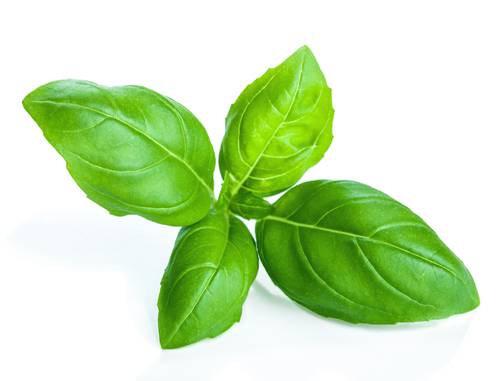WHITEBEAMS, Sorbus species
Deciduous, Zone 5-6, H6-7
History and origin: There are many species of Sorbus in the family, including the rowans and whitebeams. Whitebeams are mainly small trees from open landscapes in Europe and Asia.
Description: Trees that grow to a height of 10 m (33 ft), and sometimes larger to 15 m (50 ft). Rowans have compound leaves, whereas whitebeams have simple leaves with a white downy layer underneath (and sometimes on top) that gives the leaves a whitish hue. A white flower is followed by a round or oval fruit that is reddish or russet-brown in color with speckles.
Uses: When fully ripe, the fruit’s flesh is soft, sweet, and rich in vitamins A and C, as well as pectin. Raw, canned, dried, or made jam, jellies, wine, liqueurs, or vinegar, can be consumed raw, dried, or made into jellies, jams, or conserved. A tree may not reach full ripeness – birds may start eating fruit as ripeness approaches; freezing temperature increases the sweetness of fruits.
It may be necessary to pick fruit slightly underripe, then blet it like medlars (allowing it to ripen in the store until soft), or temporarily freeze it. As with apple wood, it is fine-grained, heavy, strong, hard, and difficult to split, with a decorative grain and color. There are many uses for it, including veneer, musical instruments, cabinetry, turned wood, carving, and firewood.
Varieties/Cultivars: A small tree from Europe, Sorbus aria grows to 6-12 m (20-40 ft) high. The fruits are orange-red, 8-10mm (0.3-0.4in) across, and ripen in September and October. Hardy in zones 5/H7. The fruit of ‘Wilfred Fox’ measures 20mm (0.8ins) in diameter.
A hybrid of whitebeams and wild service trees that grows throughout the UK is Sorbus devoniensis, or Devon sorb apple. Approximately 6-12 meters (20-40 feet) high, this tree is small. A reddish-brown fruit with a diameter of 12-18mm (0.5-0.7ins) matures in October. It is hardy to zones 6 and H6.
In the ‘Devon Beauty’ selection, fruit is borne heavily early in the season. Trees with a diameter of 12 to 15 meters (40 to 50 feet) are called Tibetan whitebeams. Large, ornamental leaves, particularly when budding. Fruits are brownish, 20mm in diameter, and ripen in October. Hardy to zones 6 and H6. There are a number of cultivars grown, but the most common is ‘John Mitchell’.
In southwest Asia and Europe, sorbus torminalis is usually a small tree measuring 10 to 13 meters (30 to 40 feet). Often found in ancient woodland sites, the tree suckers freely. September is the ripening month for the ellipsoid, dark russety-brown fruits with fine dark dots. Suitable for zones 6 and H6.
Cultivation: In addition to being tolerant of acidic and alkaline soils, air pollution, and exposure to the sun or dappled shade, these species also tolerate a wide variety of growing conditions. The most common method of propagation is seed or grafting. Seeds from these species are dormant and need three to four months of cold stratification before they can germinate. It is usually successful to graft onto Sorbus aria rootstock.
Pests and diseases: Several pests affect Sorbus, including woolly aphids and pear leaf blister mites. These species should not be grown next to each other. There are some rust fungus species (Gymnosporangium spp.) that can affect leaves. A juniper (Juniperus spp.) is its alternate host, so it is ideal to avoid growing near them.
Related species: Another member of the Sorbus family is Rowan. Read More – Ginkgo biloba – Traditional Medicine Tree







